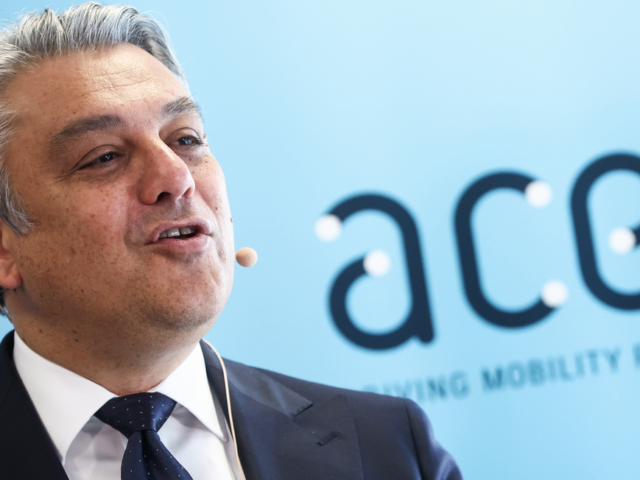
Stellantis CEO: ‘We must make our own, lighter batteries’

Stellantis CEO Carlos Tavares wants to produce its own batteries for lighter EVs /Stellantis
In an interview with the American car magazine Car and Driver, Stellantis CEO Carlos Tavares says his group has to produce its own batteries


Comments
Ready to join the conversation?
You must be an active subscriber to leave a comment.
Subscribe Today